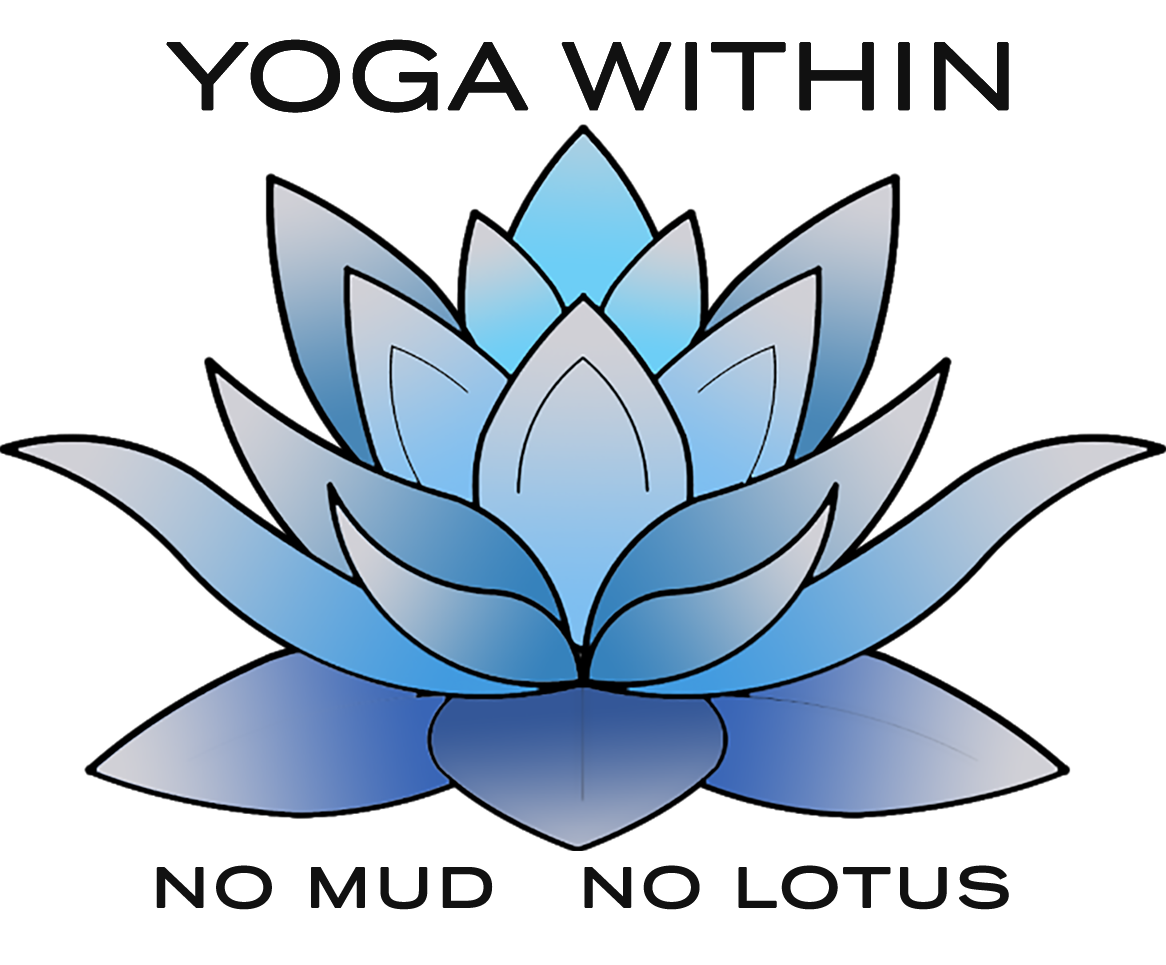Sitting on the Edge of What I Don’t Know (My Yoga Teaching Journey)
We used paper cards to track the student’s classes; I don’t think there was a computer, in any case we didn’t use it.
“We will need two blankets, two blocks, a strap and a bolster, oh yes, and a chair.”
I had to deconstruct the complicated backroom Jenga to get the chairs out of the cramped space behind the door.
The floor back there was damp cement, dusty, seemed spidery.
But in the practice room the floor was gorgeous, smooth maple. The postage-stamp-sized lobby seemed always sunny.
The terrain was new; new words, new phrases, new cues, most of which I’d learned from my teachers, either in my first teacher training or from Karin (my new teacher here in Cambridge).
I tried to attribute everything I borrowed: “As my teacher Karin Stephan says….”
Mostly I experimented with language and demonstration, then more and more what I hoped were gentle, calibrated physical adjustments:
A hand on a tight, raised shoulder.
A light pull on fingertips or wrist.
Righting a tilting torso.
Some people were all in, wanting the physical cues and experiences to teach them where to be, how to move. Like rare cats who actually like to be petted, they’d stay close and breathe deeper during an adjustment, enjoying the experience of being cared for, seen, and the healing that can bring.
Others did not want to be touched (and that’s ok too).
I’d say “May I?” as I moved toward a student I did not already know, trying so hard to be calibrated, to get it right with everyone.
Impossible.
I could usually tell right away if a student was not going to like my class, even before we started.
The runners, former gymnasts and Power Yogis were usually agitated, miserable and dying to move, sweat, and put their bodies to the test.
They were sorely disappointed.
One woman walked out after about twenty minutes. Another time, when I subbed for an Ashtanga teacher, a few people peaked into the studio, saw it was me and turned around and walked out.
Ugh.
The feeling of performing, of being “on” was intense, as I tried to bring something of myself into the studio, to add something of my own to the mix of learned verbiage and borrowed inspiration.
Not knowing if you really had to line up “The five fingers of the knee over the five toes of the foot,” in Warrior II, as Iyengar said.
Initially, faithfully, I gave the same cues as my teachers, not knowing when and exactly how they could or should be modified.
I am always sitting on the edge of what I don’t know, even now.
But then, in the early years of teaching I had none of my own experience to fall back on.
The only thing to do was to keep collecting moments of understanding as they arose.
To slow down, to observe my students, to feel what was happening in my body during the pose and conjure what might be happening in theirs.
Finally, 20 years in, I’m still sitting there next to the vast ocean of all I don’t know, but the years of earnestly trying and failing and trying again to meet each student where they are gets a little easier.
It feels more intuitive as I attempt to bring the yoga pose to the student in the way that honors and nurtures them, rather than trying to force the student into the “right” way of doing the pose.
And so now, as I continue to try, to fall down and get up, there is so much more joy, so much less angst.
I hope that you, whether student or teacher-and-student, can drop into the joy and beauty, as well as the messiness and the pain, of doing/living yoga, the hope and disappointment of being human, but above all, the love.
love,
Anne



